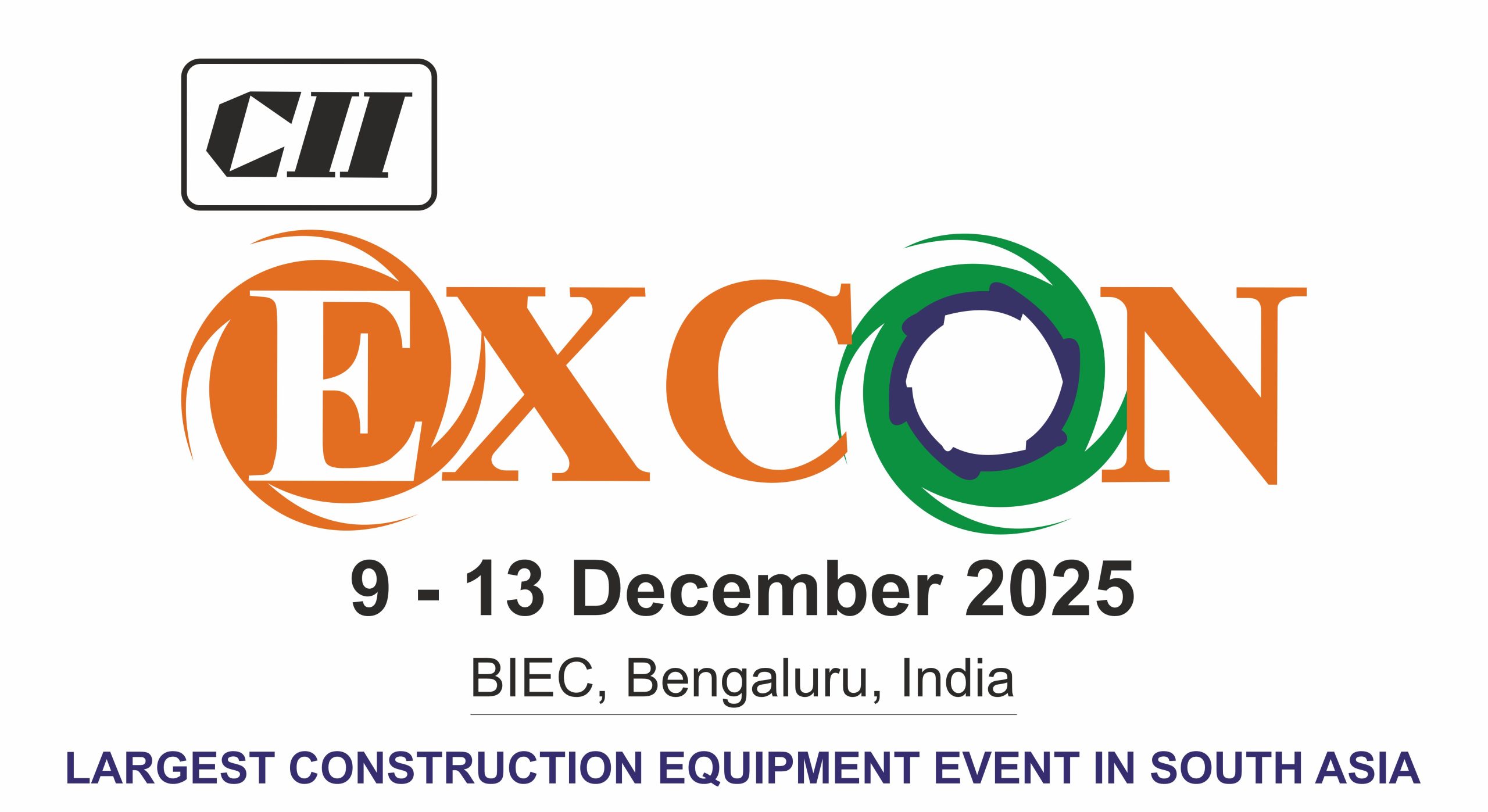India stands on the cusp of a transformative opportunity. With global supply chains redistributing and geopolitical shifts reducing reliance on China, the question isn’t whether India can lead a manufacturing-driven growth story — but whether it will act fast and cohesively enough to seize the moment.
Historically, manufacturing has hovered around 16–17% of India’s GDP, well below the 25–35% seen in East Asian growth miracles. If India can lift this share meaningfully over the next ten years, it could alter its economic trajectory, generate high-quality jobs, and accelerate toward a multi-trillion-dollar economy. But success hinges on four critical pillars.
First, skills. India’s demographic dividend works only if workers are employable, technically trained, and industry-ready. Precision engineering, digital literacy, and advanced manufacturing competencies must move from niche to mainstream.
Second, technology adoption. Smart factories, automation, AI-enabled production, and modern logistics will determine competitiveness. The leap from low-value assembly to high-tech manufacturing is non-negotiable.
Third, investment. Large capital inflows — foreign and domestic — must flow not only into plants but into R&D, supply-chain depth, and infrastructure. The government’s PLI schemes are a start, but regulatory efficiency and stable policies will decide scale.
Fourth, entrepreneurship and ecosystem strength. Manufacturing growth is not just about giants; small and mid-sized innovators, component manufacturers, and export-oriented clusters will build resilience and capacity.
Challenges remain — logistics costs, regulatory friction, global trade dynamics — but India’s momentum in electronics, renewables, automotive components, and pharmaceuticals shows promise.
The next decade could mark India’s rise as a manufacturing powerhouse — if skills, technology, capital, and entrepreneurship align with speed and intent. The potential is real; execution will define the outcome.









